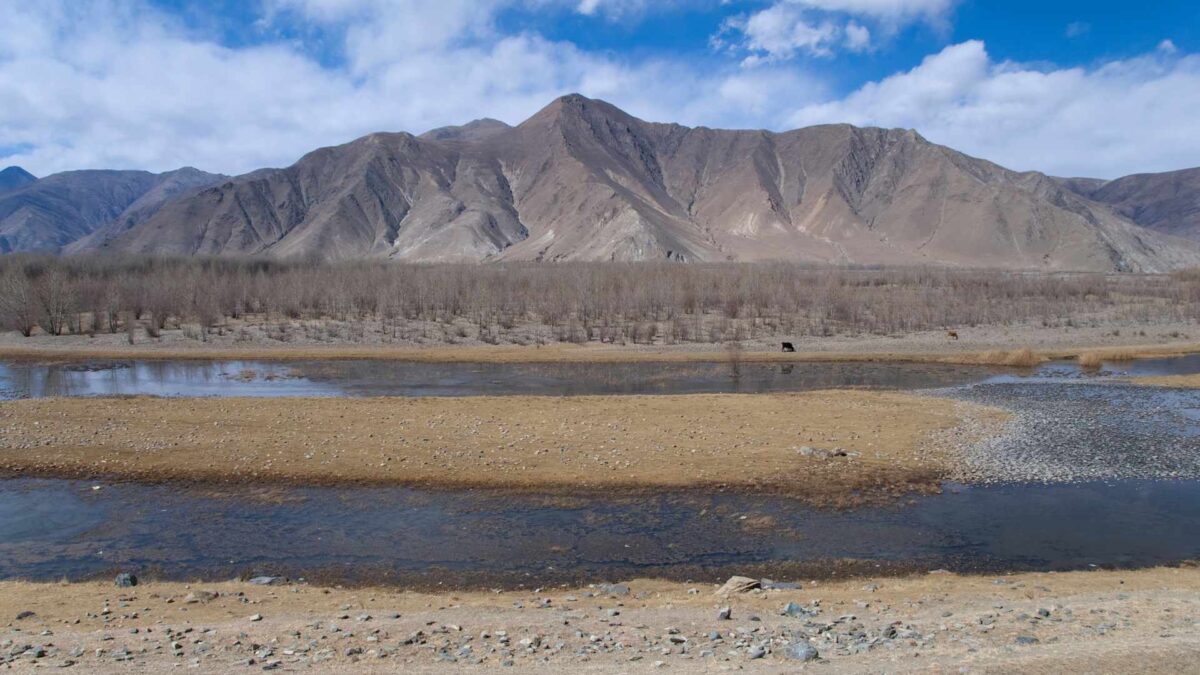
Atlantic Ocean linked to Central Asia summer rains

Sea surface temperatures in the North Atlantic are influencing summer rainfall on the northern Tibetan Plateau, according to new research.
The study, published in Climate Dynamics, shows that a dipole pattern of warm and cool waters in the North Atlantic can alter tropospheric circulation, triggering atmospheric waves that travel eastwards and change weather patterns over Central Asia.
The Kunlun Mountains on the northern edge of the Tibetan Plateau act as a vital barrier, and their rainfall feeds the oases and rivers of the arid Tarim Basin. Year-to-year swings in summer precipitation have long puzzled scientists.
Lead author Shijie Tang, a PhD student at the Institute of Atmospheric Physics, Chinese Academy of Sciences, said the variability is driven by horizontal water vapour convergence linked to anomalous southerly winds.
The researchers found that Rossby waves set off by the North Atlantic temperature dipole induce anticyclonic circulation and draw moist air over the Kunlun region, increasing rainfall.

Corresponding author Tianjun Zhou said the findings provide a new way to understand rainfall variability by linking distant ocean conditions to local water processes. He said the work could help improve climate risk management in the region.
Share this WeathÉire story:







